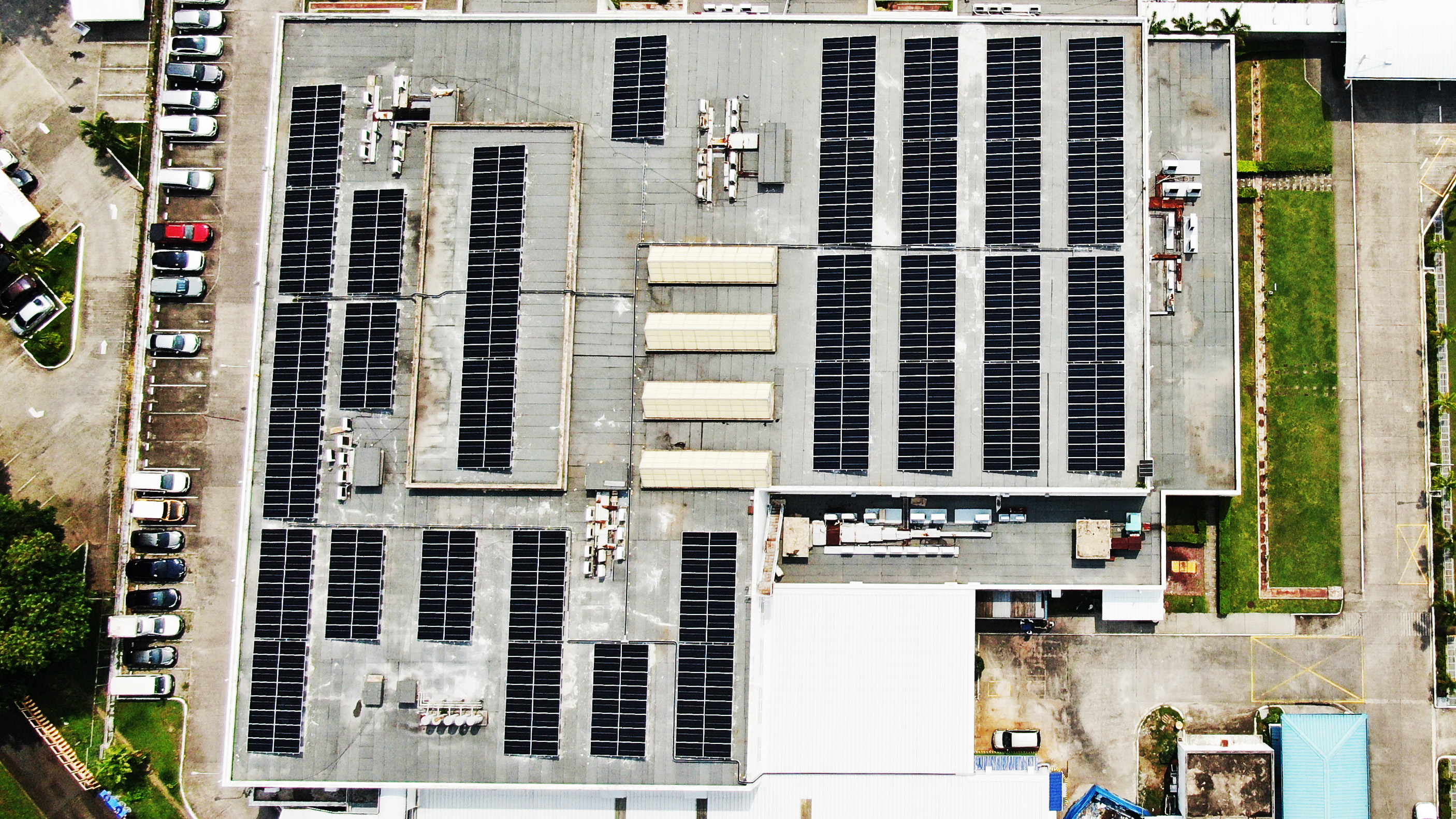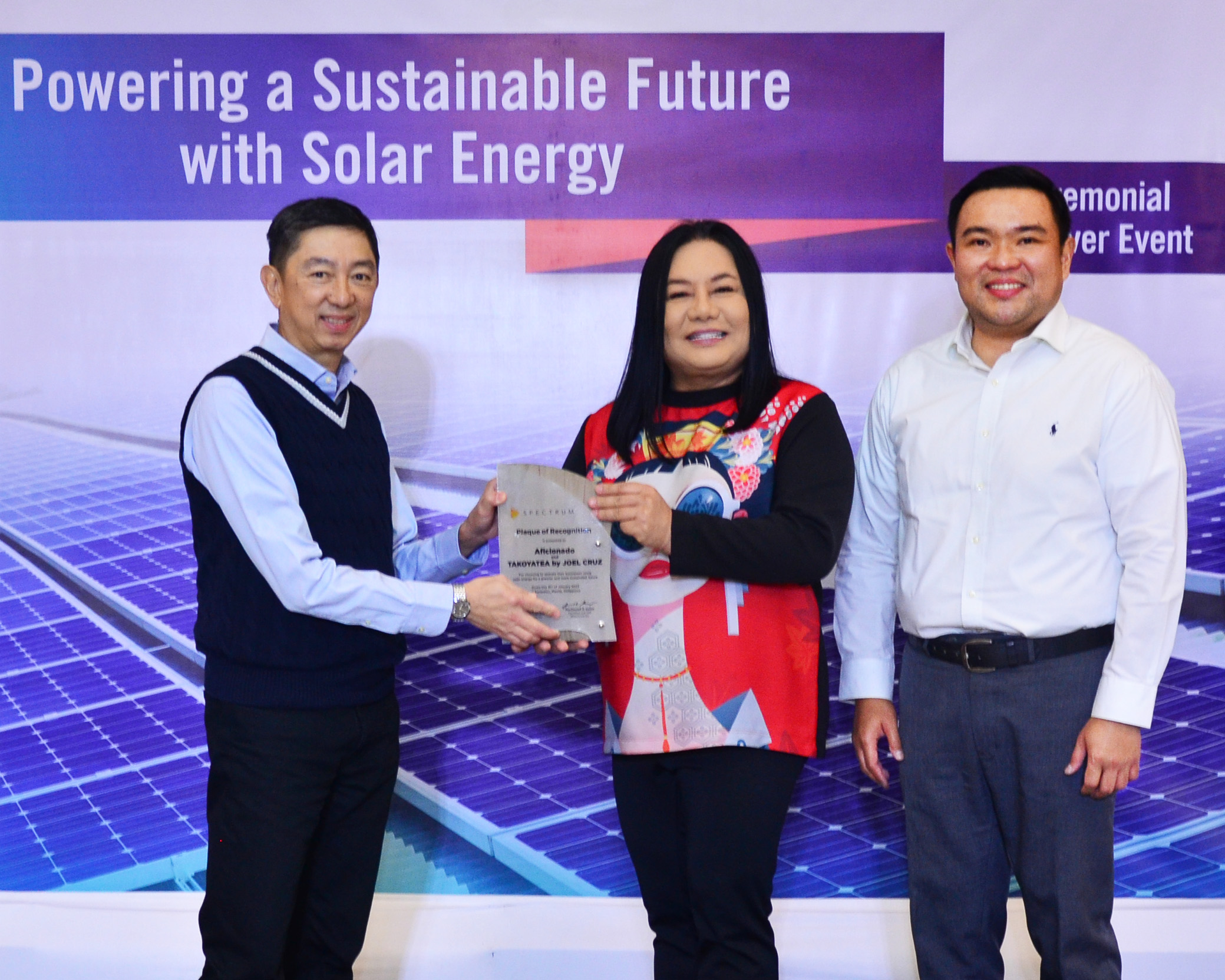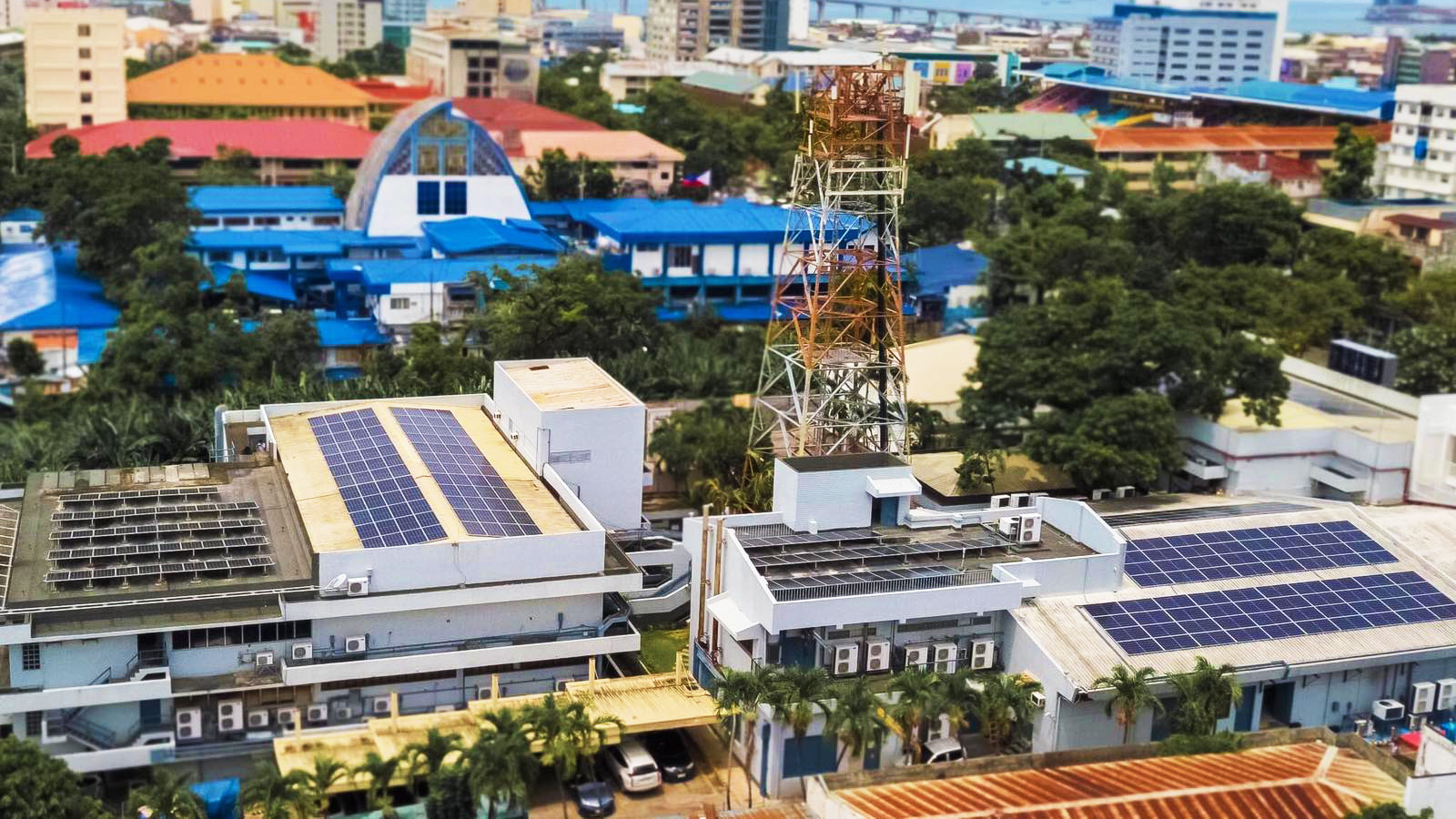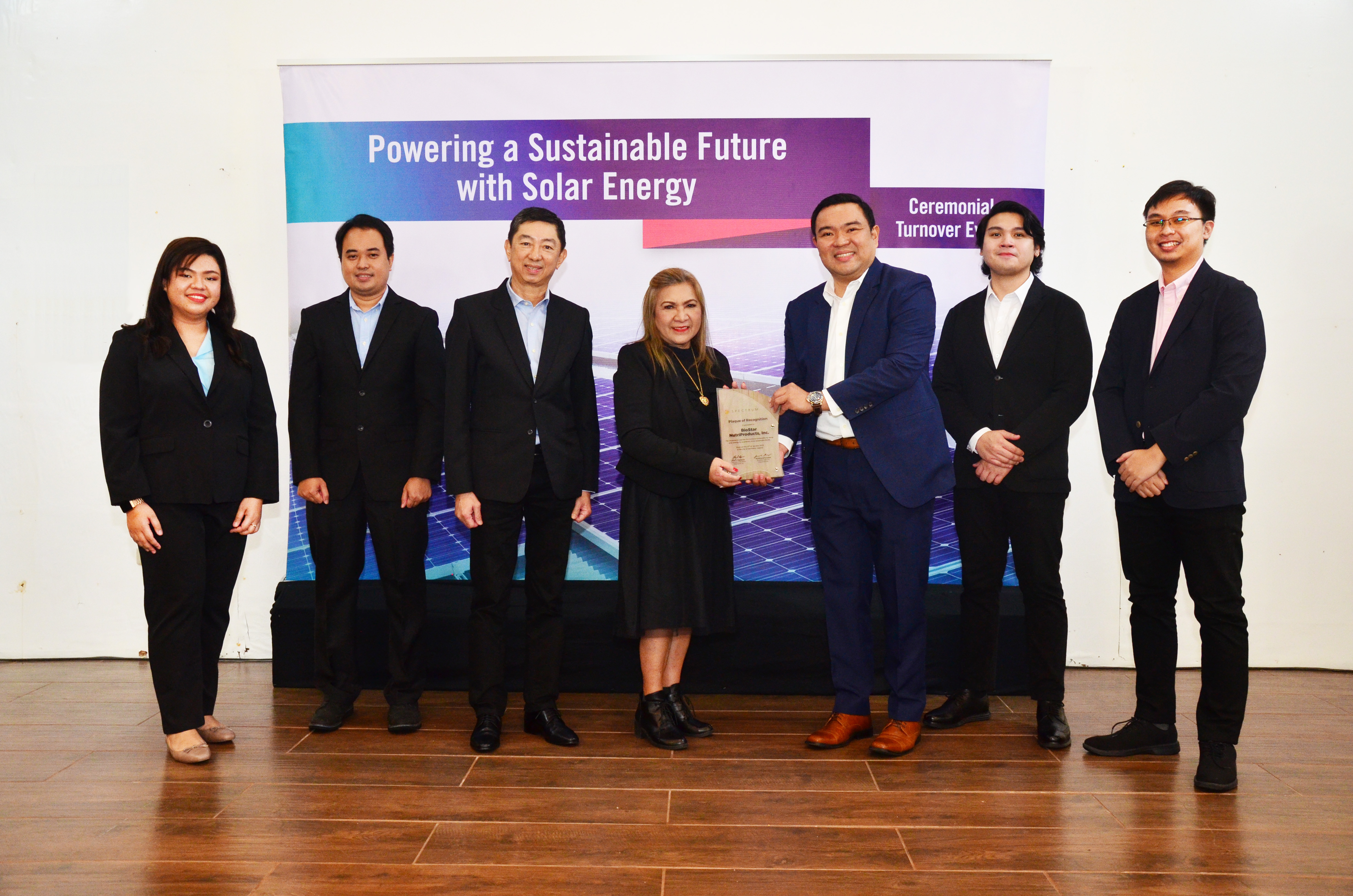Expanding on the Philippines' Push for Solar Energy
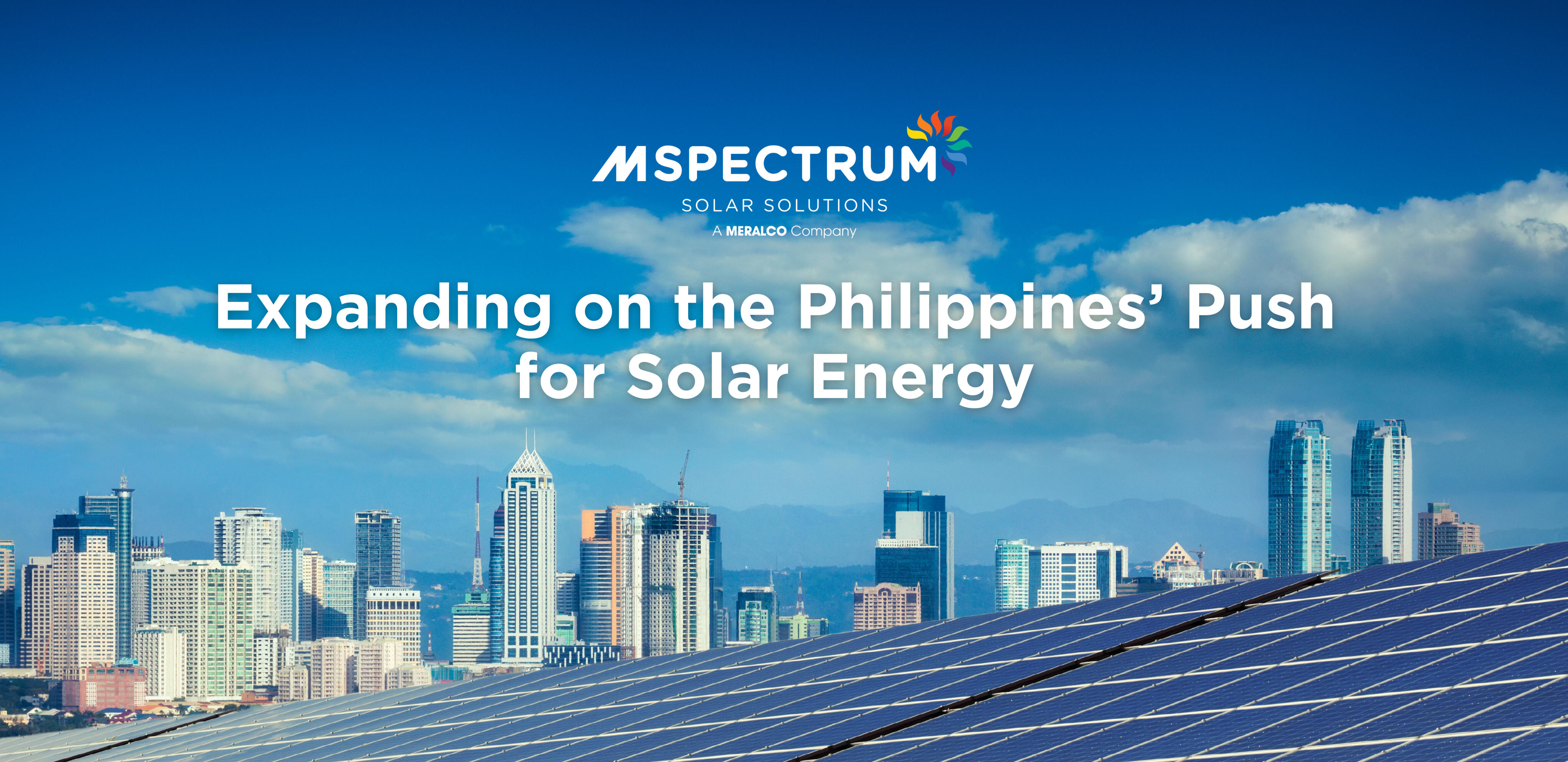
The Philippines is taking bold strides towards a greener and more sustainable future with its ambitious renewable energy (RE) push. To combat climate change and reduce reliance on fossil fuels, the government has implemented a comprehensive plan to boost solar power adoption across the country. With the keywords "powering the future" and "solar push" at the forefront, this article explores the government's efforts to harness the potential of solar energy in the Philippines.
The Importance of Solar Energy in the Philippines
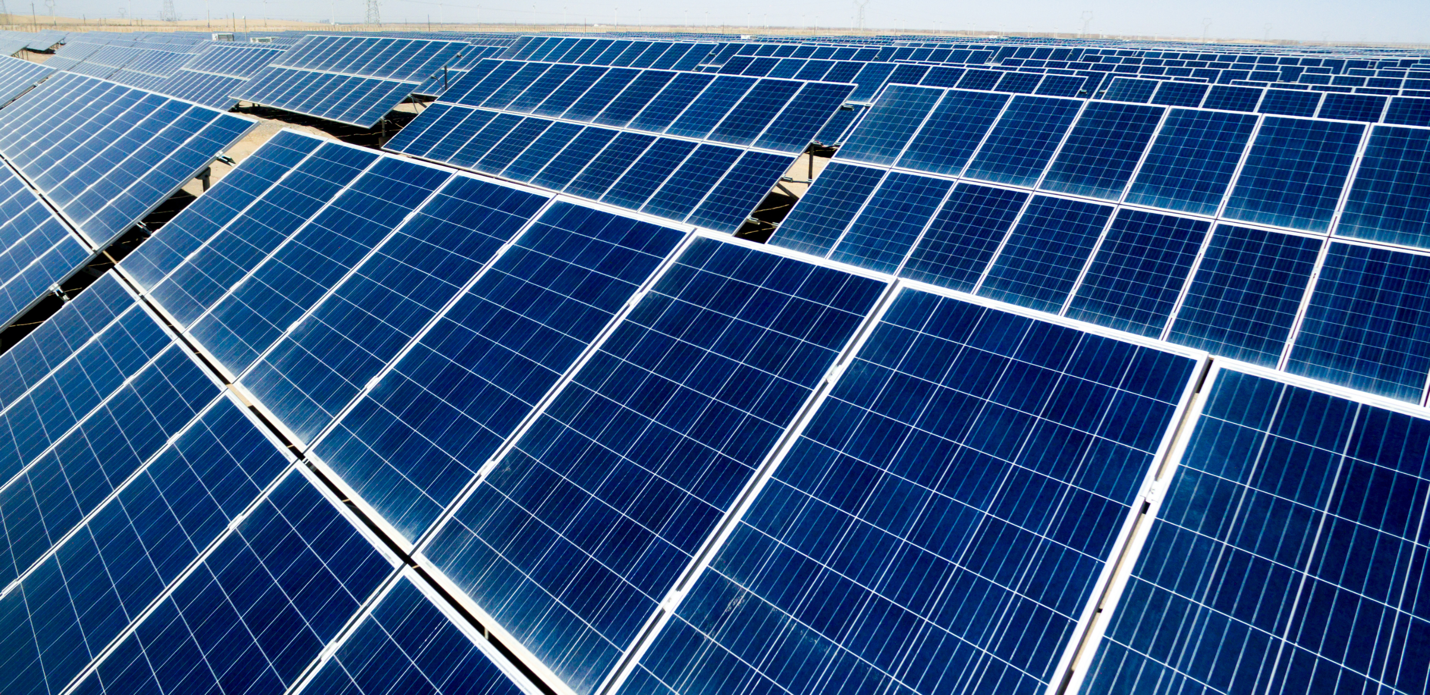
Solar energy has emerged as a crucial component in the Philippines' pursuit of a sustainable future. With its abundance of sunlight, the country has a vast untapped potential for solar power generation. This makes solar energy a viable and attractive option for meeting the nation's growing energy needs while reducing its carbon footprint. The Philippines is heavily dependent on imported fossil fuels, which not only contribute to greenhouse gas emissions but also make the country vulnerable to price fluctuations in the global oil market. By harnessing solar energy, the Philippines can improve its energy security and reduce its reliance on costly imported fuels.
Moreover, solar energy aligns with the United Nations Sustainable Development Goals (SDGs), particularly SDG 7, which aims to ensure access to affordable, reliable, sustainable, and modern energy for all. The government's push for solar power adoption is a significant step towards achieving this goal. Solar energy is clean, renewable, and abundant, making it an ideal solution for addressing the energy needs of the present and future generations without compromising the environment.
Government Initiatives and Programs for Solar Energy
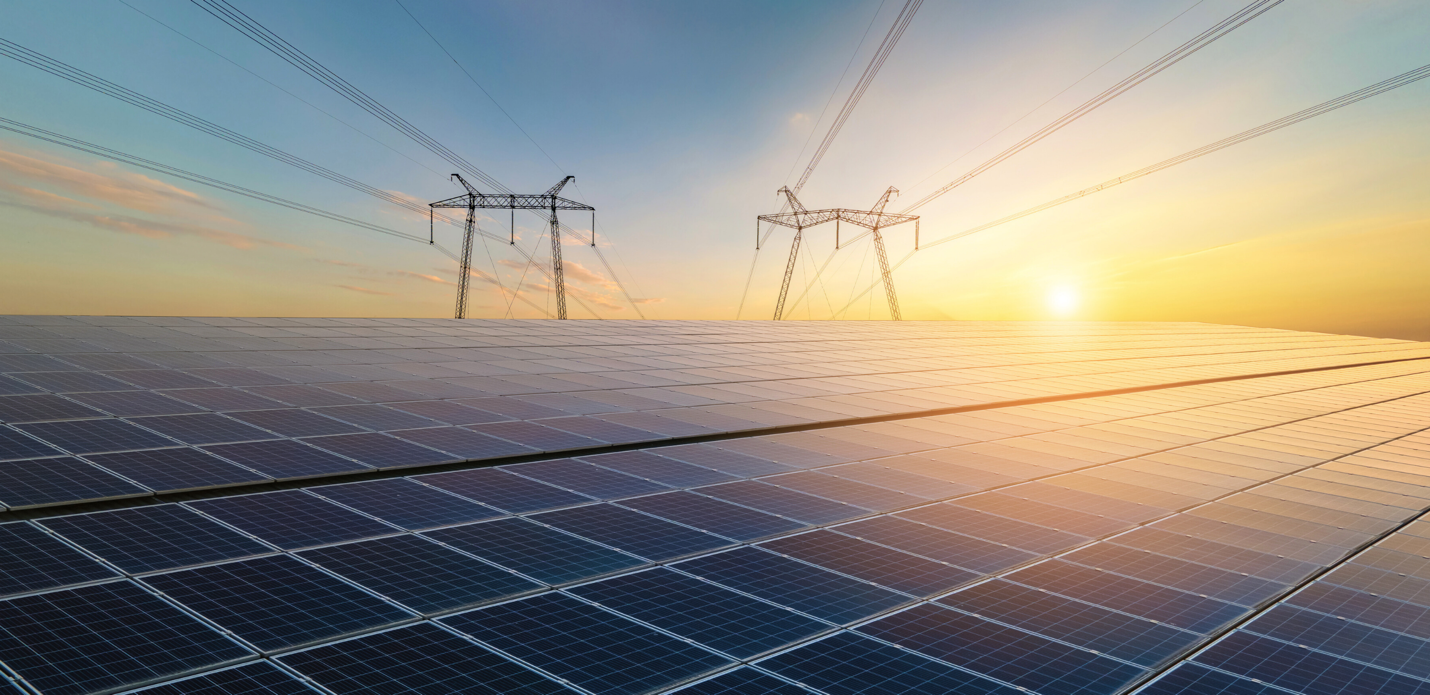
Recognizing the potential of solar energy, the Philippines produced an ambitious plan called the Philippine Energy Plan (PEP) 2020 to 2040. It’s the second comprehensive energy blueprint supporting the government’s long-term vision of attaining 35% RE energy share by 2030 and 50% by 2040. government has implemented several initiatives and programs to boost its adoption nationwide.
One of the key programs is the promotion of net metering, which allows solar energy users to offset their electricity bills by exporting excess energy back to the grid. This encourages individuals and businesses to install solar panels on their properties, as they can not only save on their electricity costs but also contribute to the overall energy supply.
There’s also the expanded rooftop solar program which aims to accelerate the adoption of rooftop solar PV systems in the Philippines by providing incentives, technical support, and financing options
On a bigger scale, the Renewable Energy Portfolio (RPS) mandates power generation companies to source a percentage of their electricity from RE sources, including solar power. The directive ensures a steady increase in the share of renewable energy in the country’s energy mix.
Lastly, there’s the Green Energy Option Program (GEOP). Through this program, electricity consumers can choose renewable energy sources such as solar as their preferred energy source. The initiative aims to promote RE consumption.
Many renewable energy-focused programs have been enacted by the government since the Renewable Energy Act was passed—all of which have helped encourage the use of solar and renewable energy as a whole. However, even with the rampant boosting of RE, it still amounts to only 22.8% of the country’s total energy supply as of the later parts of 2022.
Solar Energy Statistics in the Philippines

The Philippines has made substantial progress in harnessing solar energy in recent years. According to the Department of Energy (DOE), the country's installed solar capacity has grown significantly, reaching over 1,300 megawatts (MW) as of 2021. Solar farms, particularly in regions with high solar potential such as Central Luzon and Calabarzon, have been crucial in driving this growth. Additionally, there has been a rise in the installation of solar panels on rooftops, both in residential and commercial buildings, further contributing to the country's solar energy capacity.
The government has set a target of reaching 10,000 MW of installed solar capacity by 2030, an ambitious increase from the current levels. To achieve this goal, the government is actively promoting investments in solar power projects and streamlining the permitting process for solar developers. With the continuous growth of the solar energy sector, the Philippines is well on its way to becoming a major player in renewable energy in the APAC region.
Benefits of Solar Energy for the Environment and Economy
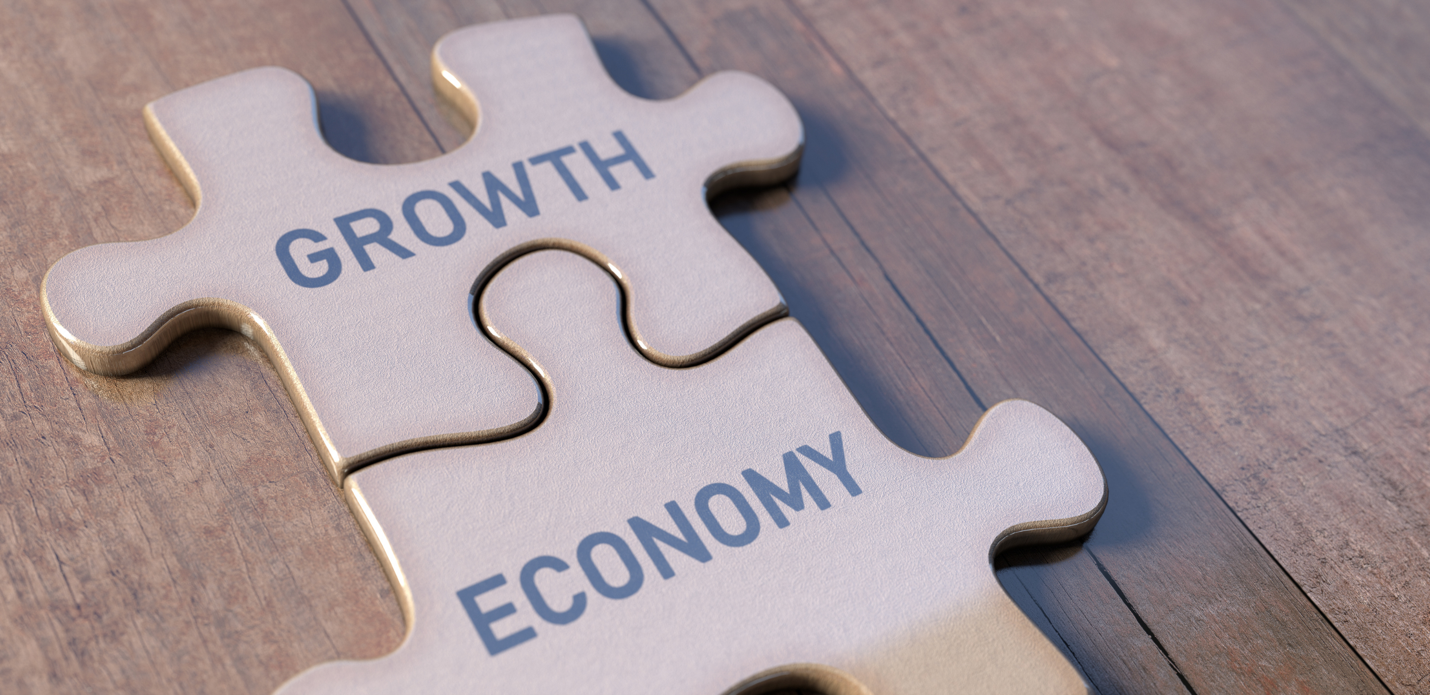
Solar energy can bring numerous benefits for both the environment and the economy. It is a clean and renewable source of power that produces zero greenhouse gas emissions. Through RE, the country’s reliance on fossil fuels can be reduced. It also helps mitigate climate change and its adverse effects.
Solar also has the potential to drive job creation and stimulate economic growth. Installation and maintenance of solar panels require skilled workers—and as solar slowly comes into the mainstream supported by the government’s push- employment opportunities for local communities are expected to grow significantly. The main benefit that you get from investing in a solar installation is savings as it can reduce electricity costs for consumers in the long run. Solar technology advances at a staggering rate. As the economics of scale are realized, solar becomes more cost-competitive, becoming more cost-effective investments which in turn can boost productivity, performance, and competitiveness—improving the overall economy.
Challenges and Obstacles in Implementing Solar Energy Projects
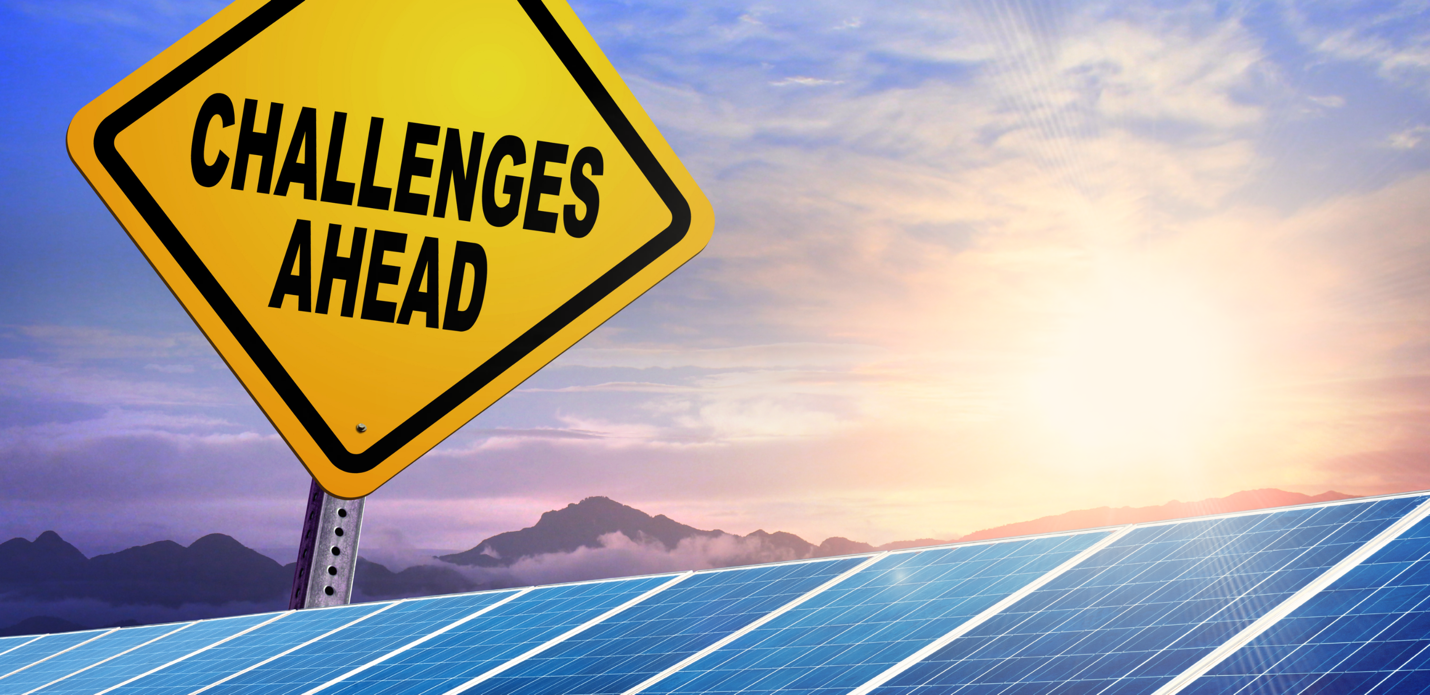
As with any energy source that has made significant progress over the years, there are still some obstacles and challenges that need to be addressed. For solar, one of the most apparent challenges is the high capital needed to invest in solar panels. Even when the cost of solar equipment has declined in recent years, the upfront cost still serves as a barrier to entry for many businesses and individuals.
The easiest solution to the high initial capital is to take advantage of financing options and incentives. Making solar more accessible to a wider range of stakeholders increases the feasibility of solar as the preferred energy source in the Philippines.
Secondly, solar is a consistent source of energy for as long as sunlight is available. Without sunlight, PV systems cannot generate electricity. As such, it poses a challenge in terms of grid stability and the balancing of supply and demand. Solar experts have been experimenting and have already implemented energy storage systems such as batteries to store excess solar energy to ensure power continuity during periods with low sunlight or at night.
Lastly, permitting and regulatory processes for solar energy projects can be a bit confusing since in the Philippines currently, each local government unit has a different system to accomplish the legal documents. Streamlining the processes and providing clear guidelines can facilitate the development of solar power projects and attract more investments in the industry.
How Businesses Can Benefit from Solar Energy
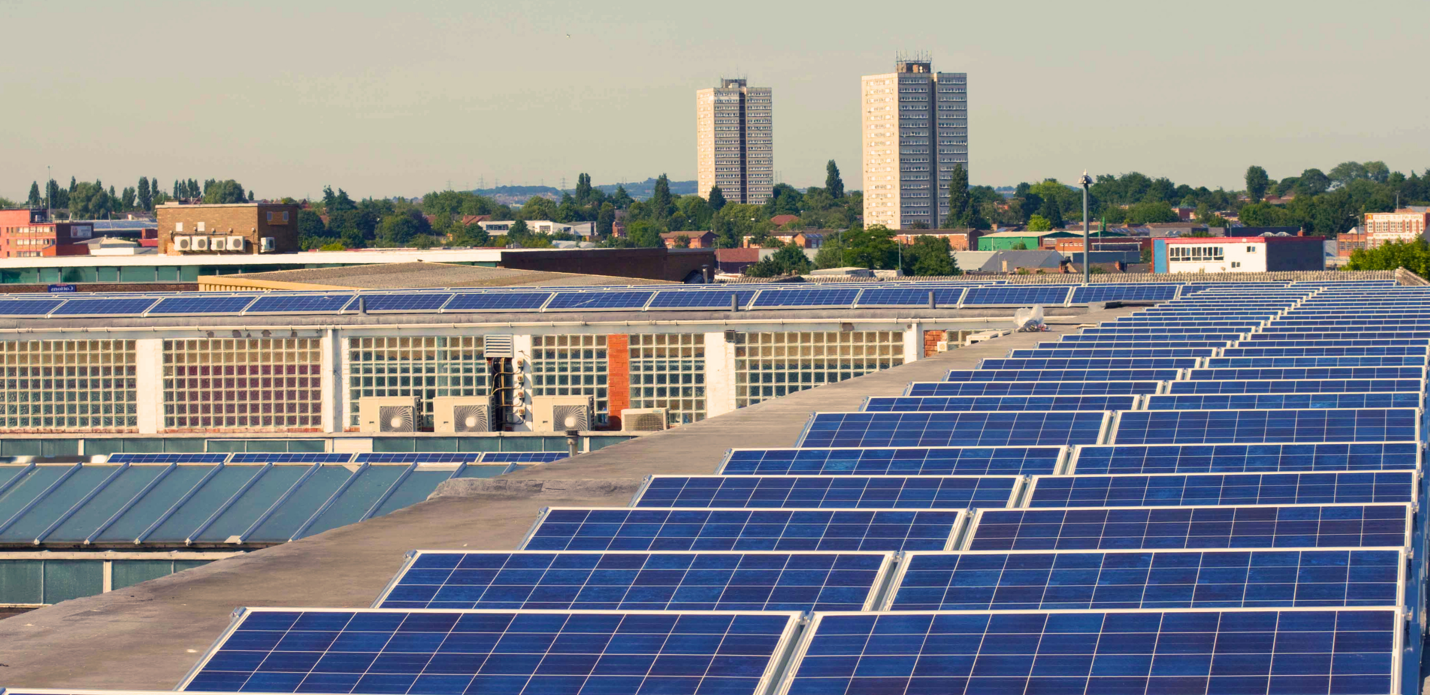
Solar energy offers numerous benefits for businesses in the Philippines. Installing solar panels can significantly reduce electricity costs, leading to long-term savings for businesses. This is especially beneficial for industries that consume a large amount of energy and that do most of their operations during the day, such as manufacturing and hospitality. By generating their own electricity from solar power, businesses can also become more resilient to power outages and fluctuations in the grid, ensuring uninterrupted operations.
Moreover, adopting solar energy can enhance a company's sustainability credentials and reputation. With increasing consumer demand for environmentally responsible products and services, businesses that demonstrate their commitment to renewable energy can gain a competitive edge in the market. Solar energy can also contribute to a company's corporate social responsibility goals, as it helps reduce carbon emissions and support the transition to a low-carbon economy.
Relevant Certifications, Licenses, and Documents Needed to Operate a Solar Installation
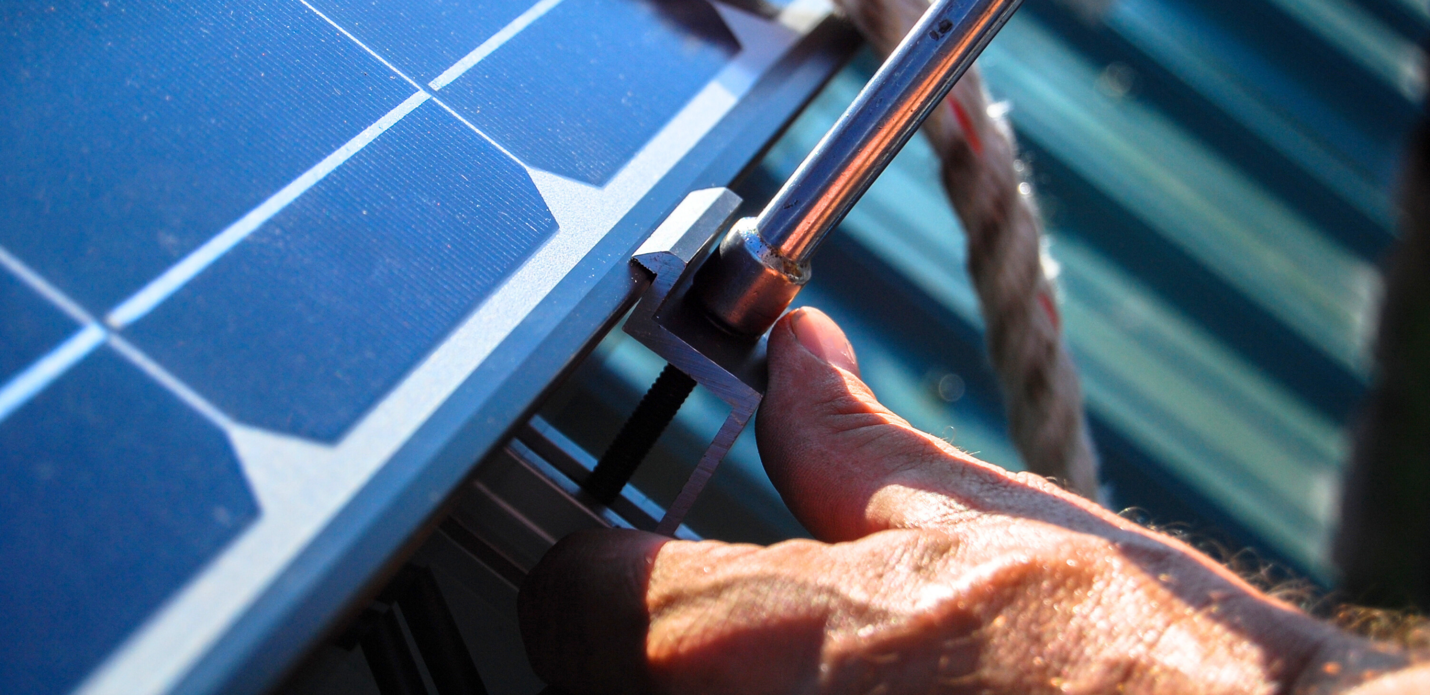
Operating a solar installation in the Philippines requires obtaining the necessary certifications, licenses, and documents to ensure compliance with regulations and standards. One of the key requirements is securing a Certificate of Endorsement (COE) from the DOE, which confirms that the solar power project meets the technical requirements and guidelines set by the government. Additionally, solar developers and installers need to be accredited by the Department of Energy.
Furthermore, businesses and individuals planning to install solar panels on their properties may need to secure permits from the local government units (LGUs) and comply with building codes and regulations. These include obtaining a building permit, electrical permit, and fire safety inspection certificate, among others. It is important to consult with the relevant authorities and seek professional advice to ensure compliance with all legal requirements and standards.
Steps to Take for Businesses and Individuals to Adopt Solar Energy
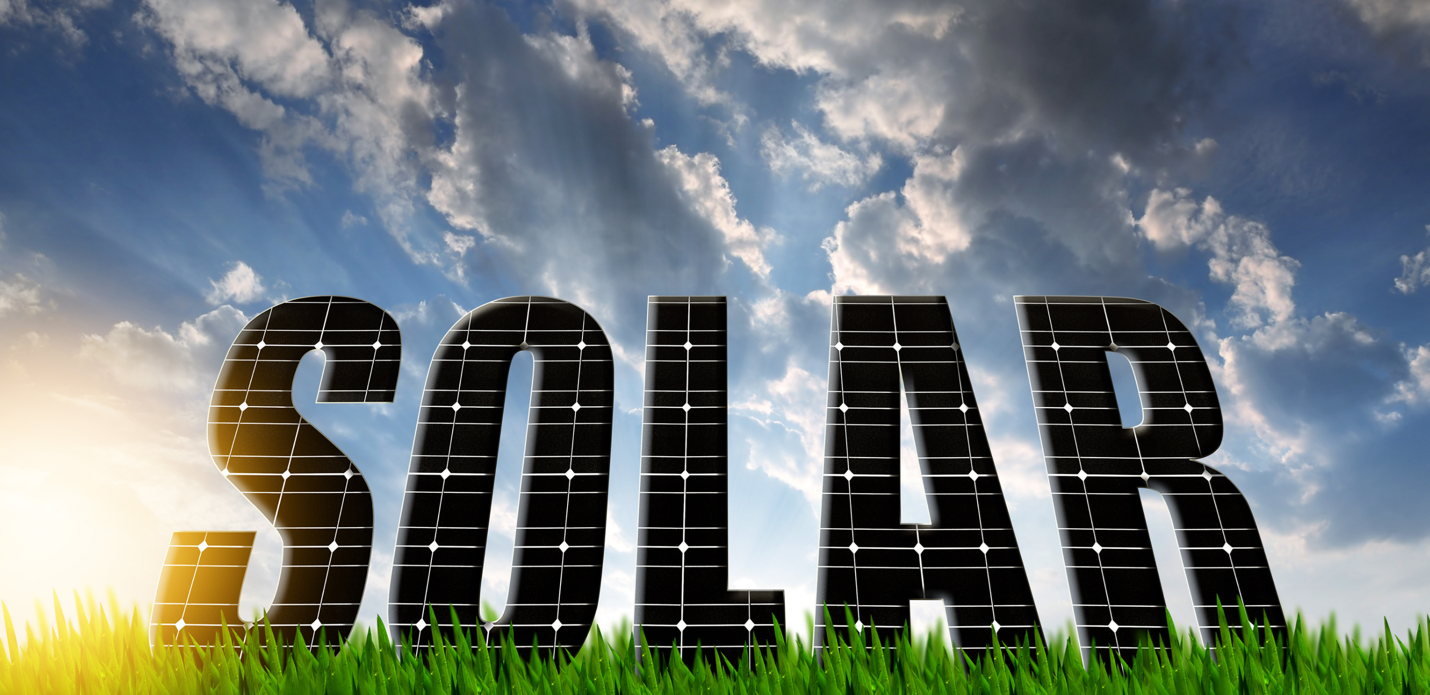
For businesses and individuals interested in adopting solar energy, several steps can be taken to facilitate the process. The first step is to conduct a feasibility study to assess the solar potential of the site and determine the optimal size and configuration of the solar installation. This involves analyzing factors such as sunlight availability, shading, and electrical load requirements.
After the feasibility study, it is essential to engage with reputable solar solutions providers like MSpectrum to design and install the solar system. Working with experienced professionals ensures the quality and performance of the solar installation. It is also advisable to consider multiple quotations and compare the costs and warranties offered by different suppliers.
Once the solar system is installed, businesses and individuals can enjoy the benefits of solar energy, such as reduced electricity costs and environmental sustainability. Regular maintenance and monitoring of the solar panels are crucial to ensure optimal performance and maximize the return on investment. This includes cleaning the panels, checking for any damage or defects, and monitoring the energy production.
Conclusion
The Philippines is making significant strides in harnessing the potential of solar energy to power its future. Through various government initiatives and programs, the country aims to increase its solar capacity and reduce its reliance on fossil fuels. Solar energy offers numerous benefits for the environment, the economy, and businesses. However, challenges such as high upfront costs and grid stability need to be addressed to accelerate the adoption of solar power.
By promoting solar energy adoption, the Philippines is not only combating climate change but also improving energy security, reducing electricity costs, and creating job opportunities. As the solar energy sector continues to grow, businesses and individuals have the opportunity to embrace this clean and sustainable source of power. With the right support, incentives, and regulations, the Philippines can become a shining example of how solar energy can power the future and pave the way for a greener and more sustainable world.
For all your solar service needs, choose wisely. Choose MSpectrum, your end-to-end solar solutions provider!
MSpectrum offers tailor-fit solutions for industrial, commercial, and residential customers through an in-depth understanding of energy consumption behaviors and strategic partnerships with world-class technology partners.
Backed by Meralco’s energy expertise and proven safety track record, the renewable energy company has been providing services and solutions to help customers reduce their costs while taking part in saving the planet.
Share this article:




